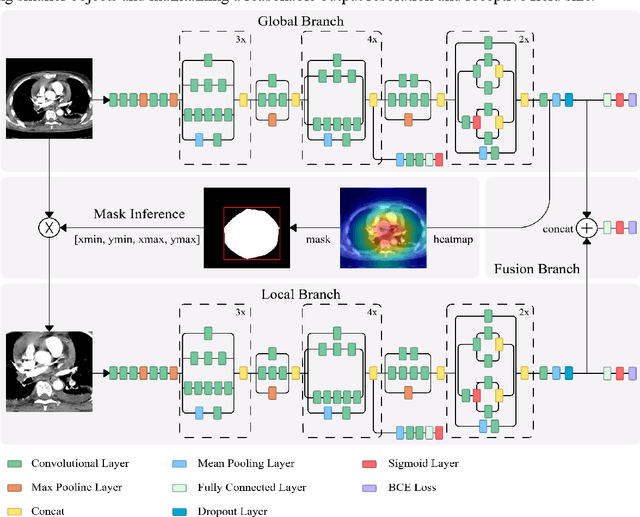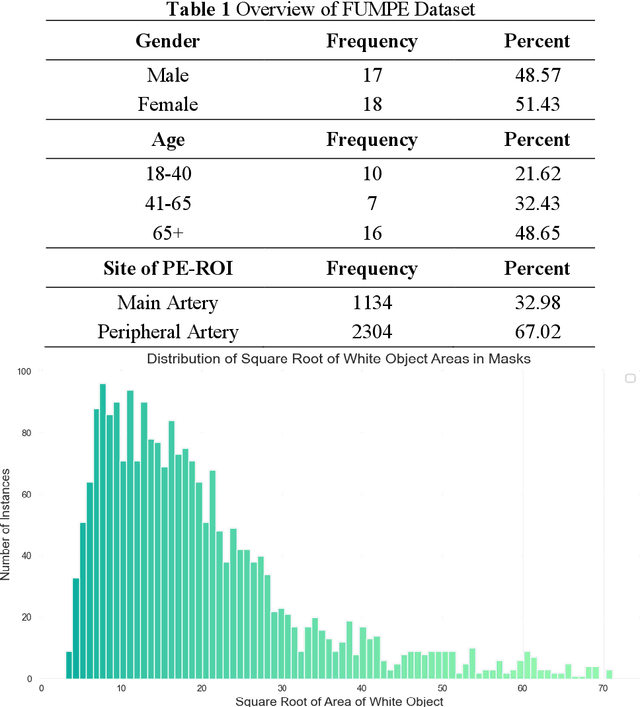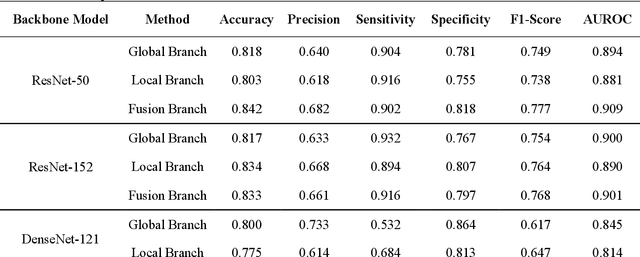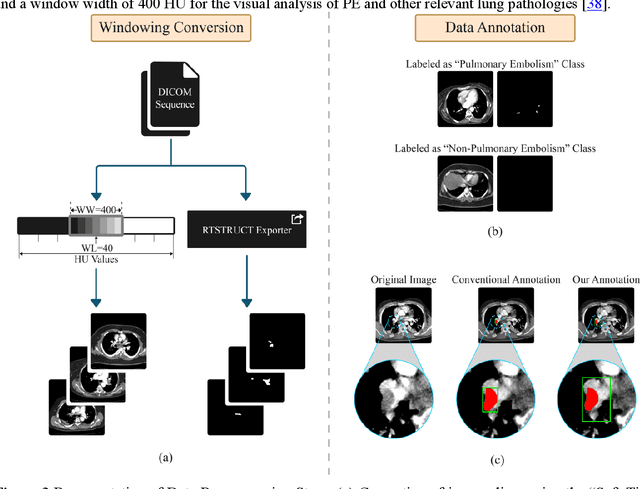Abdulrahman Alqahtani
Self-CephaloNet: A Two-stage Novel Framework using Operational Neural Network for Cephalometric Analysis
Jan 19, 2025Abstract:Cephalometric analysis is essential for the diagnosis and treatment planning of orthodontics. In lateral cephalograms, however, the manual detection of anatomical landmarks is a time-consuming procedure. Deep learning solutions hold the potential to address the time constraints associated with certain tasks; however, concerns regarding their performance have been observed. To address this critical issue, we proposed an end-to-end cascaded deep learning framework (Self-CepahloNet) for the task, which demonstrated benchmark performance over the ISBI 2015 dataset in predicting 19 dental landmarks. Due to their adaptive nodal capabilities, Self-ONN (self-operational neural networks) demonstrate superior learning performance for complex feature spaces over conventional convolutional neural networks. To leverage this attribute, we introduced a novel self-bottleneck in the HRNetV2 (High Resolution Network) backbone, which has exhibited benchmark performance on the ISBI 2015 dataset for the dental landmark detection task. Our first-stage results surpassed previous studies, showcasing the efficacy of our singular end-to-end deep learning model, which achieved a remarkable 70.95% success rate in detecting cephalometric landmarks within a 2mm range for the Test1 and Test2 datasets. Moreover, the second stage significantly improved overall performance, yielding an impressive 82.25% average success rate for the datasets above within the same 2mm distance. Furthermore, external validation was conducted using the PKU cephalogram dataset. Our model demonstrated a commendable success rate of 75.95% within the 2mm range.
Deep Learning in Computed Tomography Pulmonary Angiography Imaging: A Dual-Pronged Approach for Pulmonary Embolism Detection
Nov 09, 2023



Abstract:Pulmonary Embolism (PE) is a critical medical condition characterized by obstructions in the pulmonary arteries. Despite being a major health concern, it often goes underdiagnosed leading to detrimental clinical outcomes. The increasing reliance on Computed Tomography Pulmonary Angiography for diagnosis presents challenges and a pressing need for enhanced diagnostic solutions. The primary objective of this study is to leverage deep learning techniques to enhance the Computer Assisted Diagnosis of PE. This study presents a comprehensive dual-pronged approach combining classification and detection for PE diagnosis. We introduce an Attention-Guided Convolutional Neural Network (AG-CNN) for classification, addressing both global and local lesion region. For detection, state-of-the-art models are employed to pinpoint potential PE regions. Different ensembling techniques further improve detection accuracy by combining predictions from different models. Finally, a heuristic strategy integrates classifier outputs with detection results, ensuring robust and accurate PE identification. Our attention-guided classification approach, tested on the Ferdowsi University of Mashhad's Pulmonary Embolism (FUMPE) dataset, outperformed the baseline model DenseNet-121 by achieving an 8.1% increase in the Area Under the Receiver Operating Characteristic. By employing ensemble techniques with detection models, the mean average precision (mAP) was considerably enhanced by a 4.7% increase. The classifier-guided framework further refined the mAP and F1 scores over the ensemble models. Our research offers a comprehensive approach to PE diagnostics using deep learning, addressing the prevalent issues of underdiagnosis and misdiagnosis. We aim to improve PE patient care by integrating AI solutions into clinical workflows, highlighting the potential of human-AI collaboration in medical diagnostics.
 Add to Chrome
Add to Chrome Add to Firefox
Add to Firefox Add to Edge
Add to Edge